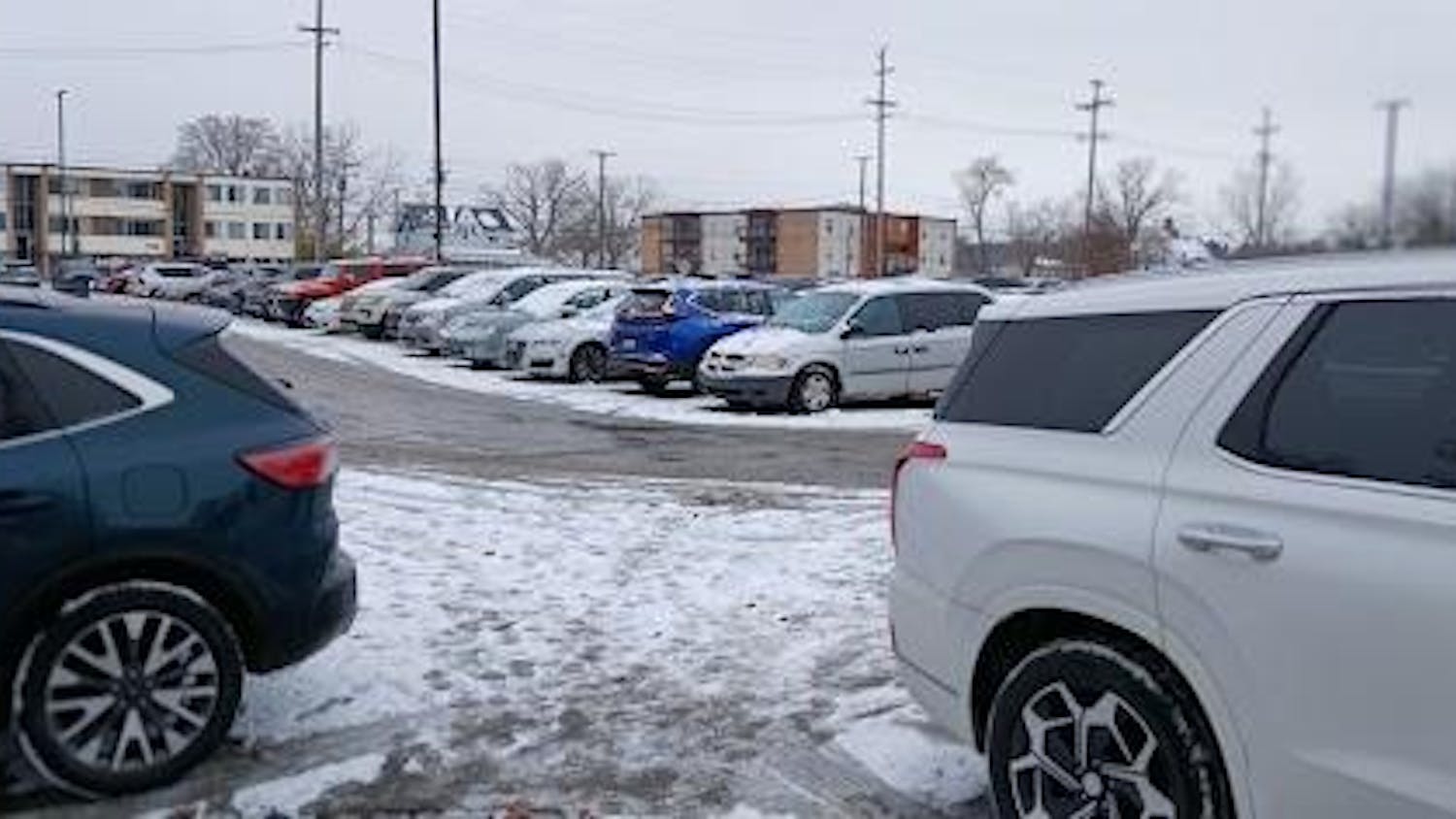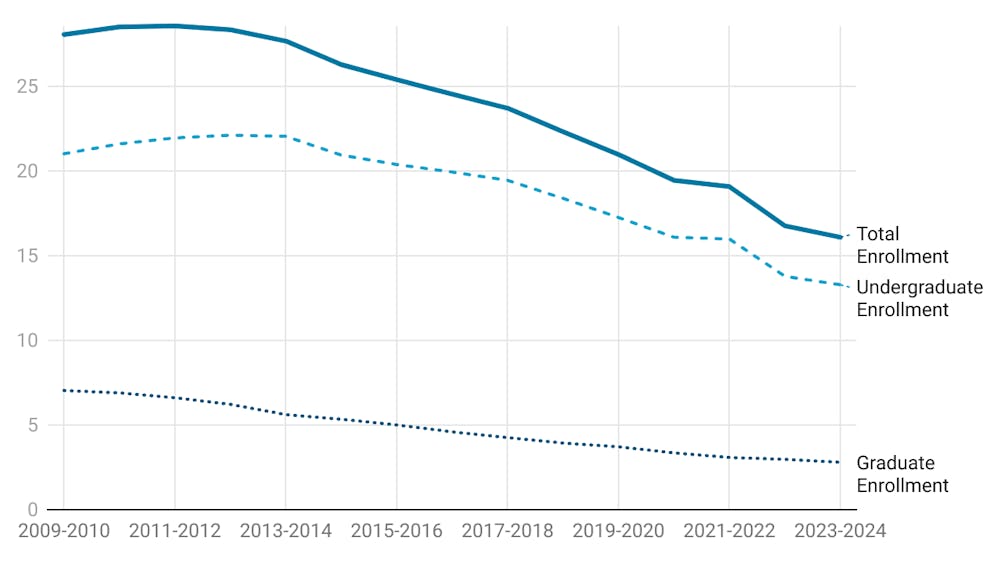With temperatures continuously dropping, Eastern Michigan University’s Physical Plant has been preparing for winter by ensuring campus buildings and residence halls are adequately heated. Some students are not pleased with the results so far.
Pittman and Hill residence halls seem to be where most of the complaints are coming from. Aris Yancey, a junior living in Pittman, spoke up about her situation. Lately, she has been furious with inconsistency in temperature.
“I had no heat for three weeks,” said Yancey. “My room was 59 degrees. I have never paid $5,000 in the state of Michigan for a small room, a suite-mate and no heat.”
Yancey said she made multiple phone calls and, ultimately, asked her mother to get involved.
“I even called [the Department of Public Safety] and told them that I could see my breath in my room.”
As a temporary solution, the Physical Plant issued her a space heater.
“They gave me a space heater, which couldn’t even heat the two centimeters it was sitting on,” she said.
Even though space heaters are not allowed in the residence halls, she said the Physical Plant gave her one under “extenuating circumstances.” The heating problem in Pittman was finally addressed, but several glitches still remain.
“I’ve had heat for two days, and now my room is 80 degrees,” Yancey said. “It’s horrible.”
Another Pittman resident, senior Anquan Harrison, also said the residence hall is too hot.
“They’ve got the heat on blast in the towers,” Harrison said. “I just keep my window open.”
Other residence halls seem to have the same issue. Open dorm windows with fans in them can be spotted across campus.
“I’m not really sure when the heat kicked in, honestly,” said Brooke O’Neil, a sophomore living in Hill Hall.
“One day I got back from class and my room was unbearably hot. It feels too hot most of the time. I actually leave my window open all of the time now.”
Bilal Sarsour, director of facilities maintenance at the Physical Plant, is calling the problems somewhat normal.
“Typically we start with apartments and residence halls before shifting attention to the classroom and office buildings,” Sarsour said.
“Some of the systems are fully automatic while others require HVAC technicians to manually turn them
on. Most of the system components have been idle all summer and it is not unusual to encounter problems once a system is started.”
Regardless, several students living in the dorms, including O’Neil, said they’re fed up with the spotty temperatures.
“The heat seems to be really sporadic because sometimes I will return to my room and it will be too hot while other times it feels like it is not on at all, even with my window closed,” she said.
As for addressing heating issues, Sarsour explained, “Our primary focus during the start-up process is to get heat to all of the buildings and rooms. We give priority to follow-up reports about cold spaces and address those prior to calls about an area being too hot.”
There are some exceptions, though.
“An entire building being 80 degrees takes precedence over a single room being too cold,” Sarsour said.
Sarsour also said most heating systems are usually updated during a building renovation or addition, in the case of Pray-Harrold of Mark Jefferson, for example. He said the target date for the heating system was Oct. 15.
“I lived in Downing last year, and it was nice since we could control the temperature in our rooms,” O’Neil said. “I never needed to have the windows open or anything since we had a thermostat in our room. I definitely wish I could control it myself now because it would save the school a lot of money rather than having it so hot that everyone on the higher floors needs to leave their windows open, letting all of the heat escape.”







